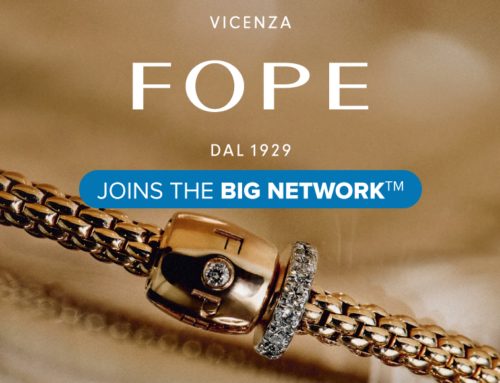By Abe Sherman, CEO BIG
The first text came in at 3:43 AM Las Vegas time. It was a press release from De Beers announcing the launch of their own line of synthetic diamonds – Lightbox. The irony is so thick, in that less than 24 hours earlier I was at Newark airport speaking with someone who works for one of the laboratory-grown companies who was telling me how many reactors they now own (200 reactors!) and how great their business was doing.
Having been motivated to become more knowledgeable about what synthetic diamonds actually cost to grow, I had been doing research on the costs of this material. What do the reactors cost? What are their growth rate and labor costs, etc.? What I arrived at was that the cost to produce these goods are FAR below what the current sellers are claiming the costs to be. In fact, my friend at the airport told me the cost of their laboratory-grown crystals was TWICE what it cost them for mined diamonds. (I called bullshit!) I said, “So let me get this straight – the goods cost twice as much but yet you’re able to sell them for 30% less than a natural diamond?” Bullshit. The prices are going to drop because the goods aren’t worth what you’re selling them for and our retailers are going to get hurt in the process. He told me I didn’t know what I was talking about.
But then… THEN… at 3:43 AM the announcement came in that De Beers is going to be selling 1ct synthetic diamonds for $800… RETAIL! Mic Drop.
There are three things that have irked me about the emergence of the Man Made Diamond market. First, their manufacturers and wholesalers have refused to label them what they truly are – Synthetic Diamonds. Second, they have not found a way to easily differentiate their synthetic merchandise from natural diamonds and third, they have priced their goods at a discount from natural diamonds.
While De Beers has opted to label their brand as laboratory-grown, rather than synthetic, they are putting an easy identifier inside their stones that can be seen with an eye-loupe and they are pricing the goods as a stand-alone product, based on their value, not as a discount off of natural diamond prices. There is no difference in rarity between a .50ct and a 2.00ct laboratory-grown synthetic diamond (in spite of what the sellers of synthetic diamonds will tell you). The cost to produce them is simply linear – time in the reactor = size of the cube. Period.
Now what? Unfortunately, many retailers have become entrenched in the laboratory-grown category at very high prices. As the news spreads – and this is very newsworthy given the hype that other laboratory-grown companies have generated over the past year – consumers are going to be very angry about the prices they paid for their laboratory-grown stones. I don’t have any wisdom for how to address these conversations. I am, as I’ve been saying for the past couple of years, concerned about how it will affect our client’s reputations. It’s going to be an interesting week here in Las Vegas.
Sometimes you get the bear, sometimes the bear gets you.







